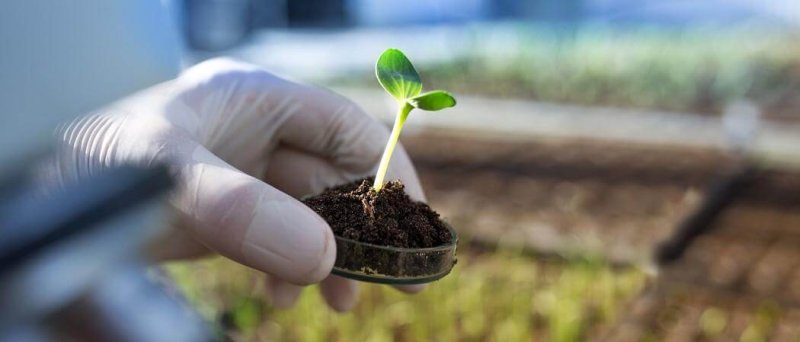Widespread enthusiasm about potential contributions of genome-edited crops to address climate change, food security, nutrition and health, environmental sustainability and diversification of agriculture is dampened by concerns about the associated risks.
Analysis of the top seven risks of genome-edited crops finds that the scientific risks are comparable to those of accepted, past and current breeding methods, but failure to address regulatory, legal and trade framework, and the granting of social license, squanders the potential benefits.
Lack of transparency regarding the products of genome-editing technologies would create a ‘social license risk’ by fuelling a lack of trust in product developers, regulators, producers and ultimately in the resulting genome-edited products.
By ‘social license for a new technology’, we refer to the willingness of potential users and consumers, and society at large, to accept products developed using that technology.
Although social license is influenced by governmental policies, including local regulatory frameworks, global regulatory harmonization, trade and product-labeling requirements, and by public perceptions of risks and benefits, it is ultimately granted by the public locally and globally.
One mechanism for transparency is an easily accessible registry through which developers of genome-edited crops can disclose the use of genome-editing technologies and meet public interest in knowledge about how specific foods are produced.
Such registries should remain separate from the patent and regulatory risk-assessment systems.































